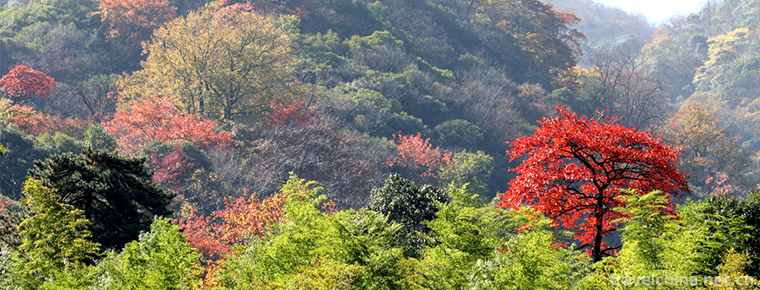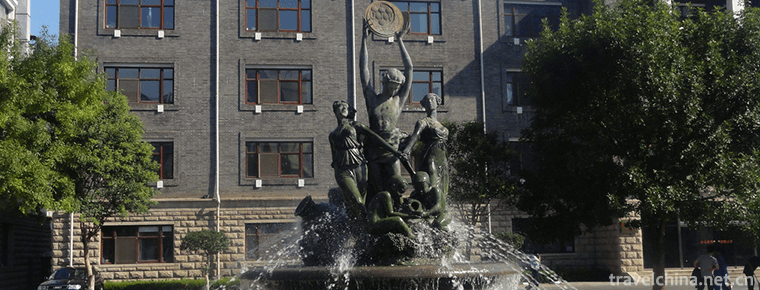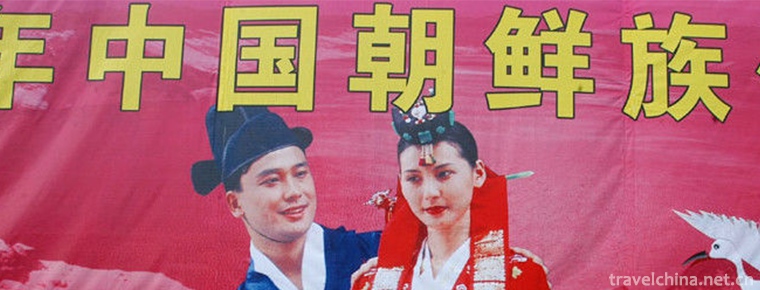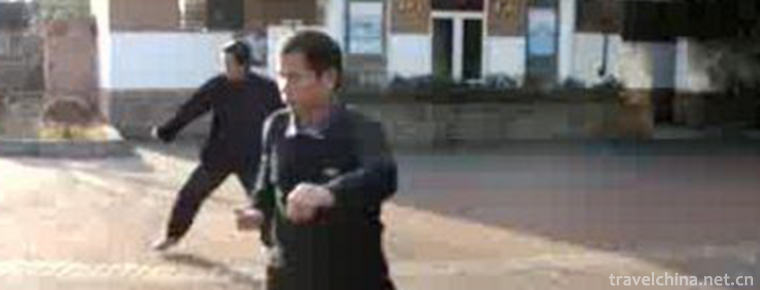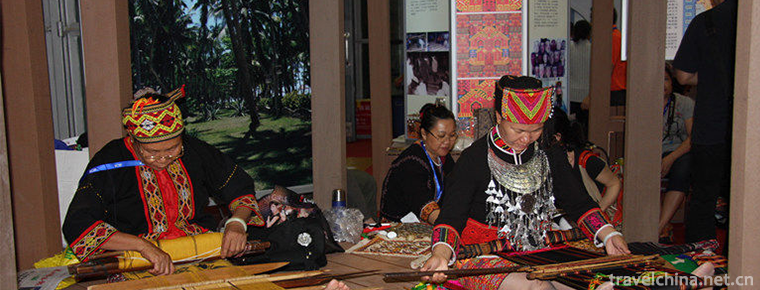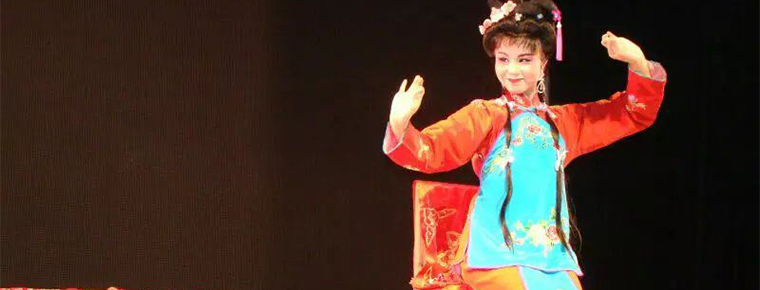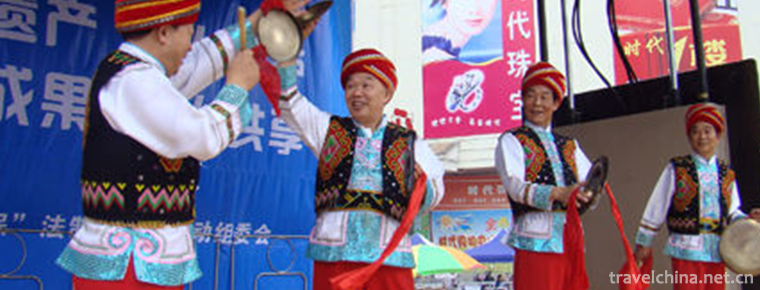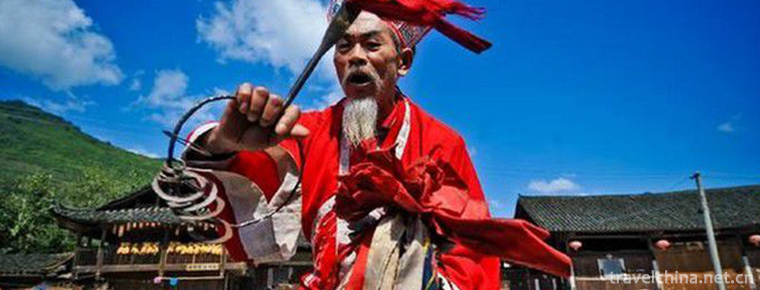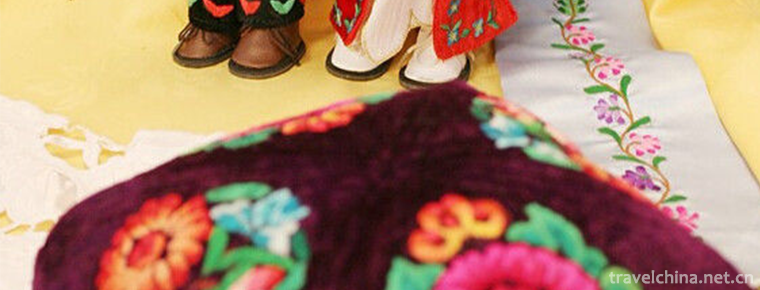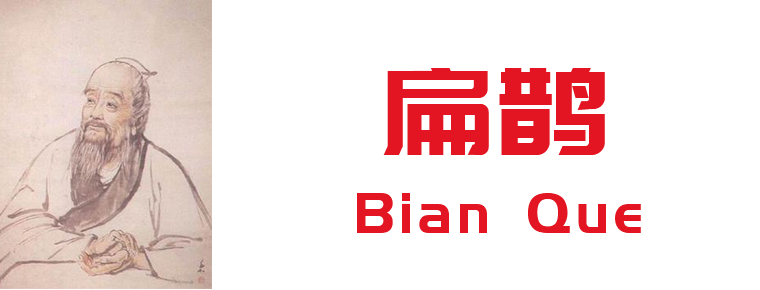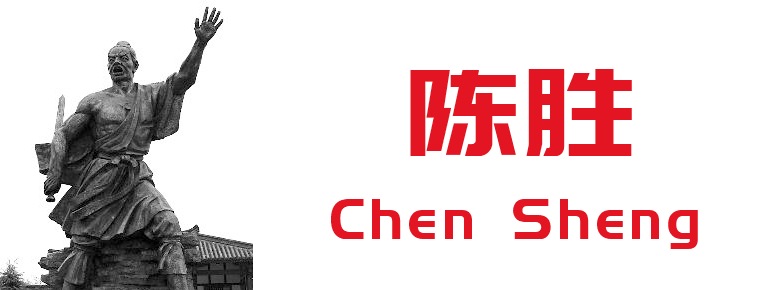Pansori
Pansori
The main art of Korean folk art is Pan Suo Li, which appeared in the 18th century. At the beginning of the 20th century, it was introduced into China with the immigration of Korean nationality. The word Pansori is a literal translation of Korean, meaning a song sung in public. Actors are mainly singing, combining rap and singing. A person can perform large-scale works with complex plots, such as Chun Xiang Zhuan and Shen Qing Zhuan.
On May 23, 2011, Pansori declared by Tieling City, Liaoning Province and Yanbian Korean Autonomous Prefecture, Jilin Province, was listed in the third batch of national intangible cultural heritage list with the approval of the State Council.
historical origin
The origin of Pan Suo Li can be traced back to the period of Suzong (1674-1720) of the Korean Dynasty, which was the period of the rise of Korean civilian culture. It had twelve collections. In the age of Britain and Zhengzu, there appeared "Pan Suoli's Eight Generations of Famous Singers". They expanded the scope of "beat" and "tune". By the end of the Korean Dynasty, Shen Zaixiao had changed the original twelve collections into six collections, which became the Pansori performance we saw today.
artistic characteristics
form
The word Pansori is a transliteration of Korean, meaning a song sung before the public. During the performance, one sits with drums and one stands with rap. In rap and singing, singing is the main method, combining rap and singing. Pansori is good at narration. Its traditional programs such as "Spring Fragrance Song" and "Shen Qing Song" are complex and have many characters. However, they are vividly portrayed by Pansori artists and deeply loved by the audience.
Pansori has a strong narrative, known as the "singing drama". When performing, "one person stands, one person sits, while the standing person sings, the sitting person is drummed", it is a traditional variety show popular with the Korean people. In addition, gossip is also one of the Korean folk art. This kind of music, which is performed by a single person, without makeup and props, is mostly satirical. The performers use various language skills, through "talking, learning and singing", are funny, humorous and lifelike, and are deeply loved by the masses. The Yanbian Quyi Troupe, founded in 1979, is one of the Korean professional art performing groups. It has created and performed such programs as "Yanbian Drum Book", "Three Old Men", "Yanbian Playing and Singing", "Ramble" and so on. It has strong national and local characteristics.
Music
Pansori's rhythm is unique. The so-called rhythm includes the speed, strength, height and rhythm of the rhythm. The main characteristics of the beat are as follows:
Chen Yang Diao: The slowest rhythm in the sandhi. Middle Molly: The slow 12-beat rhythm in a loose tune, often used for lyric or narrative. Molly in Middle School: faster than Molly in Middle School, often expressing grief or excitement. Molly: The 12-beat rhythm in loose tune is very fast, often used for listing and narrating. Wimmerley: The fastest four-beat rhythm in the loose key is used to express the panic scene.
major schools
Eastern stool system is mainly composed of painful sounds and feather tunes. It has a magnificent voice and a refreshing singing style. It can not see the continuous loudness and restrain the performer's own feelings. He is good at playing "Chibi Song".
The centre of the spread of Xiben system is Guangzhou, Luozhou, Baocheng, Kangjin and other places of Quanluodao. Soft timbre, trailing sound at the end, and good at decorative techniques.
The medium-high system is between the above two schools, and the timbre tends to be Eastern-style.
Representational repertoire
The five existing representative songs are: Chunxiang Song, Shenqing Song, Chibi Song, Shuigong Song and Xingfu Song.
The original twelve collections are: Spring Incense Song, Shen Qing Song, Xingfu Song, Rabbit Tortoise Song, Red Cliff Song, Pheasant's Call Ballad, Hengbiao Song, Yue's Call Ballad, Pei's Call Ballad, Jiangling Plum Blossom Call Ballad, Shu Ying Niang Zi Zhuan and Yongyi's Persistent Call Ballad.
Later, the six collections are: Spring Incense Song, Shen Qing Song, Xingfu Song, Hengxiao Song, Rabbit Tortoise Song and Red Cliff Song (Huarong Road)
Inheritance Significance
Although from the market point of view, Pansori's development is limited and performance opportunities are few, but Pansori's inheritance has far-reaching significance.
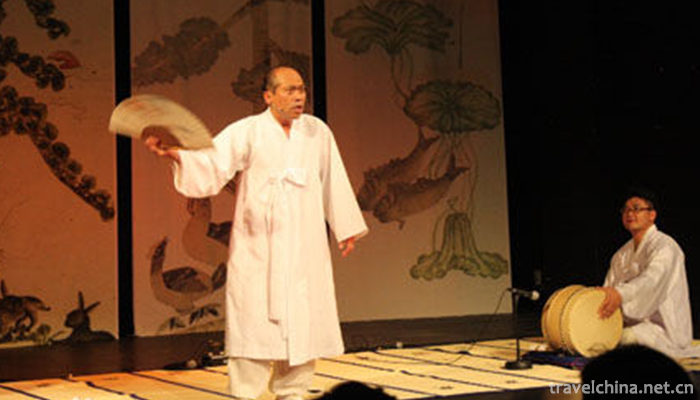
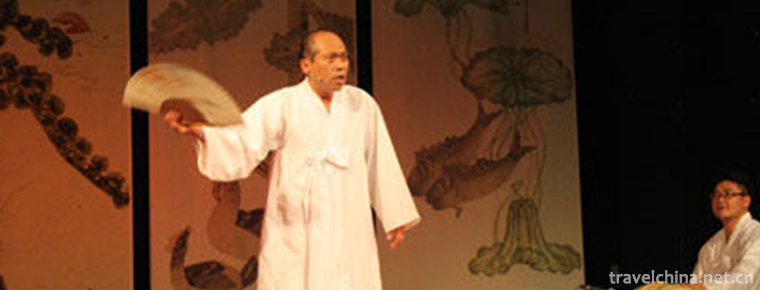
Pansori
-
Yunwushan Scenic Area
Yunwushan Scenic Spot is located in Paulownia Shop in the northwest of Huangpi District. It enjoys the reputation of "Xiling Resort Area, North Chu Famous Area, Beixi Border Barrier and Handizush
Views: 220 Time 2018-12-22 -
Zhangyu Wine Culture Museum
Zhangyu Liquor Culture Museum is one of the few professional museums in the world wine industry. It is located at the original site of Zhangyu Company, Da Ma Lu, Zhifu District, Yantai City, Shandong
Views: 189 Time 2019-03-17 -
Korean Traditional Wedding
The traditional wedding ceremony of the Korean nationality in China is formed by the continuous integration and development of the Korean ancestors with the Han nationality and other minority
Views: 189 Time 2019-04-16 -
Block door La shou men
Stopper Gate is one of the traditional Chinese boxing schools. It originated in Shaolin and was introduced to Tianjin in the early Qing Dynasty. It originated in Sichuan. It was the earliest southern
Views: 236 Time 2019-05-10 -
Traditional Textile Dyeing Weaving and Embroidery Techniques of the Li Nationality
The traditional spinning, dyeing, weaving and embroidery techniques of the Li nationality, the traditional handicraft techniques of Hainan Province, are one of the national intangible cultural heritag
Views: 108 Time 2019-05-12 -
Sizhou opera
Sizhou Opera is one of the four major operas in Anhui Province. Its original name is Lahun Opera. It has a history of more than 200 years. Many people think that it originated in Haizhou, northern Jia
Views: 145 Time 2019-06-16 -
Tujia Folk Songs
Tujia folk song is a unified folk song composed of lyrics and music. It is the product of the intersection of literature and music. The lyrics of Tujia folk songs belong to the language art, which exp
Views: 152 Time 2019-06-23 -
Timago of Tujia Nationality
The Tujia Tima song, also known as the "Tujia Tima Goddess Song", is an ancient song sung in Tujia language in the activities of Tujia Tima. It mainly distributes in Longshan, Yongshun, Baoj
Views: 308 Time 2019-06-23 -
Uygur Embroidery
Embroidery is one of the most representative decorative techniques in Uygur costumes in China. Whether it is Uygur clothes, skirts, shoes, hats and beds, the interior decorative articles adorn the exq
Views: 193 Time 2019-06-26 -
Bian Que
Bian Que (407 BC - 310 years ago) Ji surname, Qin Shi, name slowly, the word Yue people, also number Lu medicine, the spring and Autumn period and the Warring States period famous doctor. The spring a
Views: 169 Time 2019-09-06 -
Chen Sheng
Chen Sheng? In the first 208 years), Yangcheng (now Southeast of Dengfeng, Henan) To talk about southwest of Shangshui County in Henan today People. One of the leaders of the peasant uprising in the l
Views: 225 Time 2019-09-07 -
Suining City Construction
In 2019, Suining completed the investment of 4.991 billion yuan in municipal infrastructure construction. The green space rate of the built-up area is 34.46%, the green coverage rate of the built-up area is 39.6%, and the per capita green space area of the park is 12.42 square meters.
Views: 156 Time 2020-12-16
